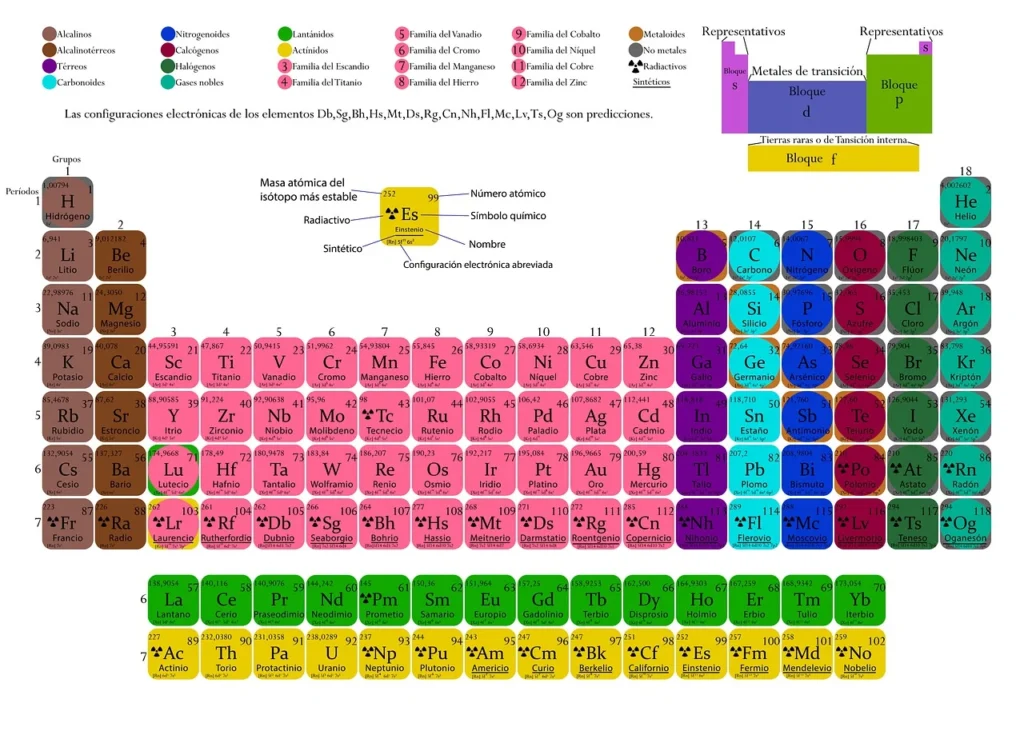The need to properly arrange elements according to their physical and chemical characteristics gave rise to the idea of periodic categorisation. As new elements were discovered throughout ages, scientists were challenged to look for trends and connections that may organise the expanding list of components.
The contemporary periodic table was developed through a gradual process of periodic classification that involved contributions from a number of well-known experts.

Genesis of Periodic Classification :-
French chemist Antoine Lavoisier divided elements into metals and non-metals at the beginning of the 19th century based on their chemical activity. This classification, however, lacked a methodical way to arrange the elements according to their undefined atomic weight or structure. Additional advancements in classification were made possible by the discovery of atomic weights.
German chemist Johann Wolfgang Döbereiner made one of the first attempts to organise elements according to their atomic weights after noticing that several sets of three elements shared characteristics.
The atomic weight of the middle element in a trio was approximately equal to the average of the atomic weights of the other two, according to Döbereiner’s law of triads, which was developed in 1829 as a result of this finding. Döbereiner’s work emphasised the concept of recurrent patterns among elements, albeit being restricted to a small number of triads.
The next contribution was made by English chemist John Newlands, who put forward the “Law of Octaves” in 1864. After putting the elements in ascending order of atomic weight, he saw that every eighth element had characteristics in common with the first.
Newlands’ Law of Octaves was criticised despite its novel method since it was constrained by the presumption that there were only 56 elements and did not work when applied to heavier elements. However, Newlands’ contributions were essential in reaffirming that elemental properties are periodic.
The Russian chemist Dmitri Mendeleev‘s study in 1869 marked a breakthrough in periodic classification. In order to produce a more thorough periodic table, Mendeleev categorised elements according to their chemical characteristics and organised them by atomic weight.
Mendeleev’s work was notable for his ability to forecast the properties of undiscovered elements and for leaving gaps for them. These predictions were eventually validated with the discovery of elements like gallium, scandium, and germanium. Mendeleev’s periodic table, which showed that an element’s characteristics were a periodic function of its atomic weight, was a major breakthrough in chemistry.
Discovery of the atomic structure and the introduction of atomic numbers, periodic categorisation underwent its last refinement. When English physicist Henry Moseley employed X-ray spectroscopy to ascertain atomic numbers in 1913, he discovered that Mendeleev’s table was consistent when elements were arranged according to atomic number instead of atomic weight.
The present periodic law which states that an element’s properties are a periodic function of its atomic number was established by Moseley’s study. This modification not only gave the elements a more precise arrangement, but it also made the periodic trends in the characteristics more clear.